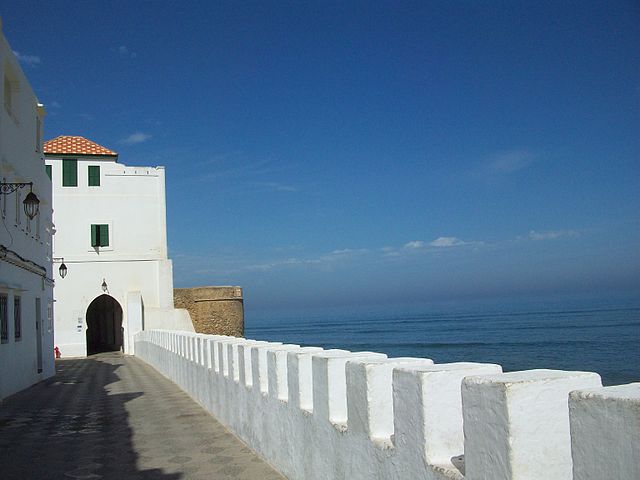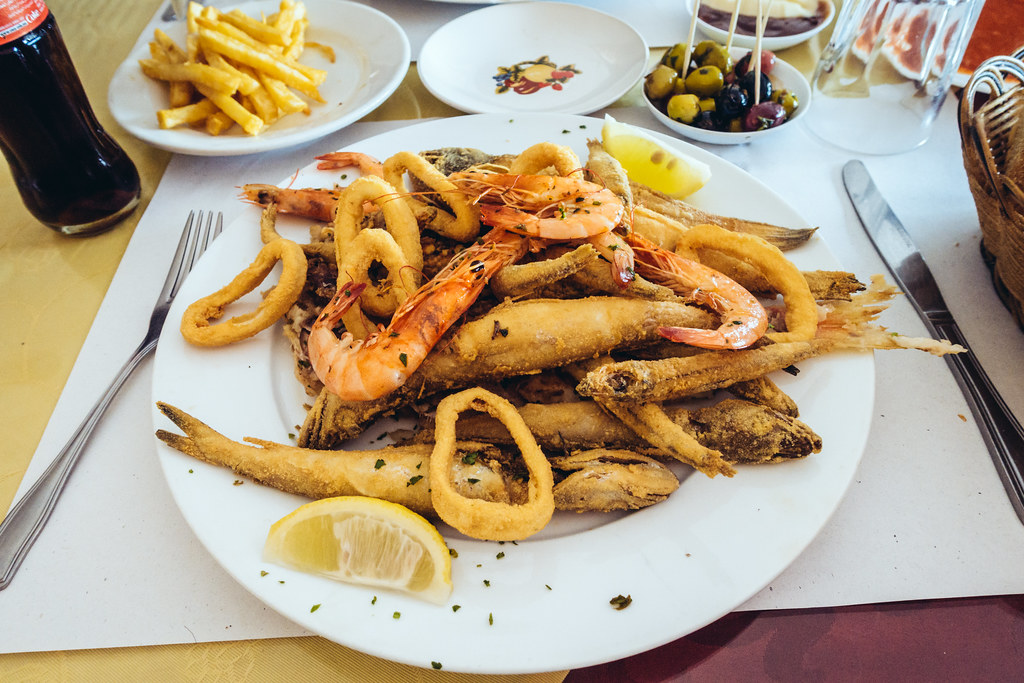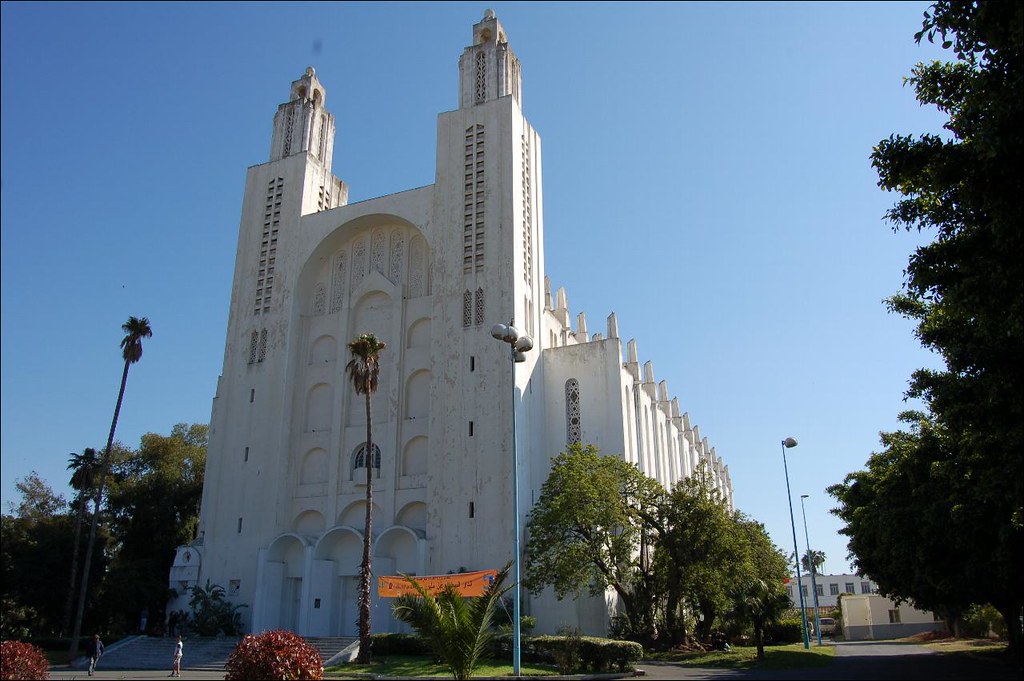Morocco, also known as the Western Kingdom, is a fascinating country with a blend of Arab, indigenous Berber, Sub-Saharan African, and European culture.
Marrakesh, Marrakech
The palace was built in the late 19th century by the Moroccan architect El Mekki on behalf of the Grand Vizier Ba Ahmed ben Moussa said Hmad. The name means "brilliance".
El Badi Palace is a ruined palace that took twenty five years to build, with construction completed around 1593 and was a lavish display of the best craftmanship of the Saadian period.
The Ben Youssef Madrasa was an Islamic college in Marrakesh, Morocco, named after the Almoravid sultan Ali ibn Yusuf (reigned 1106–1142), who expanded the city and its influence considerably. It is the largest Medrasa in all of Morocco.
The Majorelle Garden is a twelve-acre botanical garden and artist's landscape garden in Marrakech, Morocco. An archaeological museum, it contains the Islamic Art Museum of Marrakech. The edifice was designed by the expatriate French artist Jacques Majorelle in the 1920s and 1930s. The garden has been open to the public since 1947. Since 1980 the garden has been owned by Yves Saint-Laurent and Pierre Bergé. After Yves Saint Laurent died in 2008 his ashes were scattered in the garden.
Jamaa el Fna is a square and market place in Marrakesh's medina quarter (old city). It remains the main square of Marrakesh, used by locals and tourists. At dusk, the square gradually fills until it becomes a whole carnival of storytellers, acrobats, musicians and entertainers.
Aït Ben Haddou, Boumalne Dades
Ait Benhaddou is a fortified village (ksar in Arabic), along the former caravan route between the Sahara and Marrakech in present-day Morocco. It has been a UNESCO World Heritage Site since 1987 and several files have been shot here. According to local belief, the Ksar was founded in 757 A.D. by Ben-Haddou, whose tomb is said to lie somewhere behind the city. None of the structures in the Ksar, however, date to earlier than 17 th century A.D.
The Auberge Chez Pierre is located just below the Dades Gorge, six hours from Marrakech on the road to the dunes of Merzouga. You can be sure of a warm welcome and a peaceful stay in this idyllic setting in the High Atlas.
Tinghir, Hassilabied
Todgha Gorge is a canyon in the eastern part of the High Atlas Mountains in Morocco, near the town of Tinerhir. Both the Todgha and neighbouring Dades Rivers have carved out cliff-sided canyons on their final 40 kilometres (25 mi) through the mountains. The last 600 metres (1,969 ft) of the Todgha gorge are the most spectacular.
Merzouga, Ifrane
Erg Chebbi is one of Morocco's two Saharan ergs – large seas of dunes formed by wind-blown sand. The dunes of Erg Chebbi reach a height of up to 150 meters in places and altogether it spans an area of 50 kilometers from north to south and up to 5–10 kilometers from east to west lining the Algerian border. Merzouga The local tourist center, is located near the edge of the dunes. A number of companies offer camel trips from Merzouga and into the desert, taking tourists on overnight trips several kilometres into the erg, which is enough to bring the village out of sight. During the warmest part of the year, Moroccans come to Erg Chebbi to be buried neck-deep in the hot sand for a few minutes at a time. This is considered to be a treatment for rheumatism.
Ifrane National Park is a national park in the Middle Atlas mountain range, It covers an area of 500 km2. Much of the park is forested with Atlas cedar. Ifrane National Park is one of the few remaining habitats for the Barbary macaque; this primate prehistorically had a much broader range in North Africa, but currently survives as an endangered species in narrowly restricted and fragmented habitats.
Fès
Fes el Bali is the oldest walled part of Fes. It was originally founded as the capital of the Idrisid dynasty between 789 and 808 AD. Besides being famous for having the oldest university in the world, the University of Al-Karaouine, Fes el Bali, with a total population of 156,000, is also believed to be the biggest car-free urban area in the world. UNESCO listed Fes el Bali as a world heritage site in 1981 under the name Medina of Fez.
The Madrasa Bou Inania is a madrasa in Fes, Morocco, founded in AD 1351–56 by Abu Inan Faris. It is widely acknowledged as an excellent example of Marinid architecture. The madrasa is one of the few religious places in Morocco that is accessible for non-Islamic visitors.
Chefchaouen
Chefchaouen or Chaouen, as it is often called by Moroccans, is a popular tourist destination because of its proximity to Tangier and the Spanish enclave of Ceuta. The name refers to the shape of the mountain tops above the town, that look like the two horns (chaoua) of a goat. The city was founded in 1471, as a small fortress which still exists to this day. It is the chief town of the province of the same name, and is noted for its buildings in different shades of blue. There are several theories as to why the walls were painted blue. One popular theory is that the blue keeps mosquitos away, another is that Jews introduced the blue when they took refuge from Hitler in the 1930s. The blue is said to symbolize the sky and heaven, and serve as a reminder to lead a spiritual life. The Chefchaouen region is one of the main producers of cannabis in Morocco. A 20min hike from the medina to the ruined Spanish Mosque on the east side will give you a clear hilltop view of the entire town. A bus ride from Fes to Chefchaouen takes about 4 hours.
Asilah
Asilah is a fortified town on the northwest tip of the Atlantic coast of Morocco, about 31 km (19 mi) south of Tangier. Its ramparts and gateworks remain fully intact. The small town has Mediterranean-influenced buildings, white houses with blue accents on walls and doors. It takes about 2 hours by car from Chefchaouen or 4.5 hours by train from Casablanca.
Casablanca
The Hassan II Mosque is the largest mosque in Morocco. Completed in 1993, it was designed by French architect Michel Pinseau. The minaret is 60 stories high topped by a laser, the light from which is directed towards Mecca. A maximum of 105,000 worshippers can gather together for prayer: 25,000 inside the mosque hall and another 80,000 on the mosque's outside grounds.
Casablanca Cathedral (French: Eglise Sacré-Cœur de Casablanca), church of the Sacred Heart of Jesus, is a former Roman Catholic church located in Casablanca, Morocco. It was built in 1930. It ceased its religious function in 1956, after the independence of Morocco, and became a cultural centre which is open to visitors.














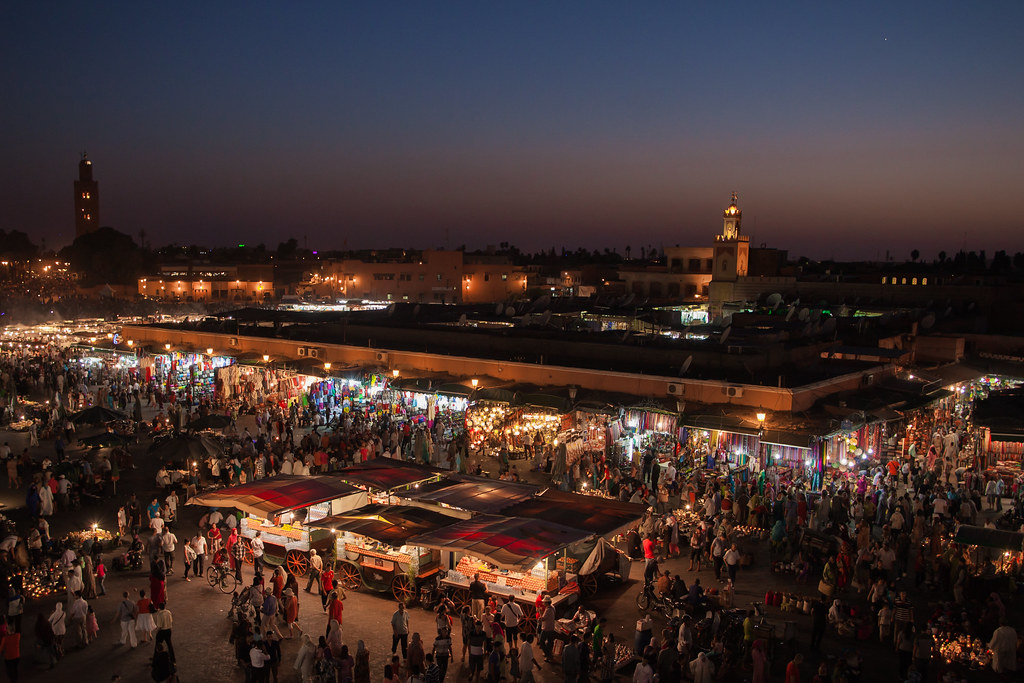

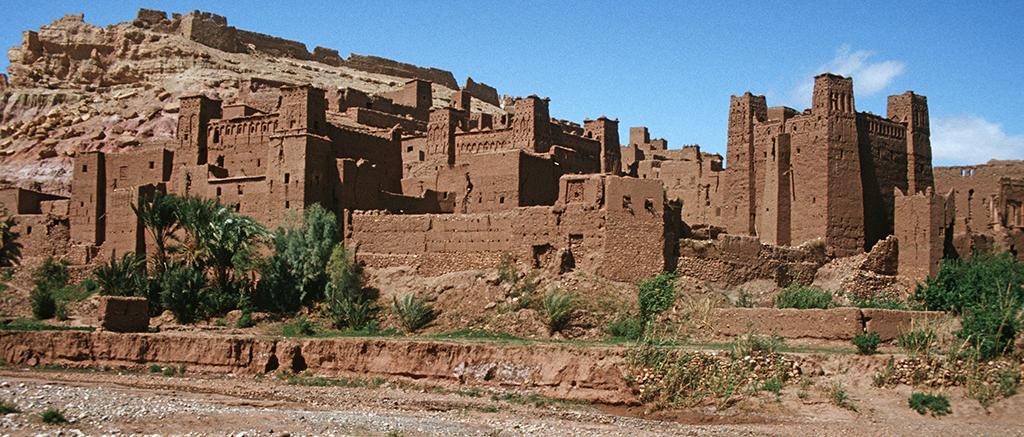
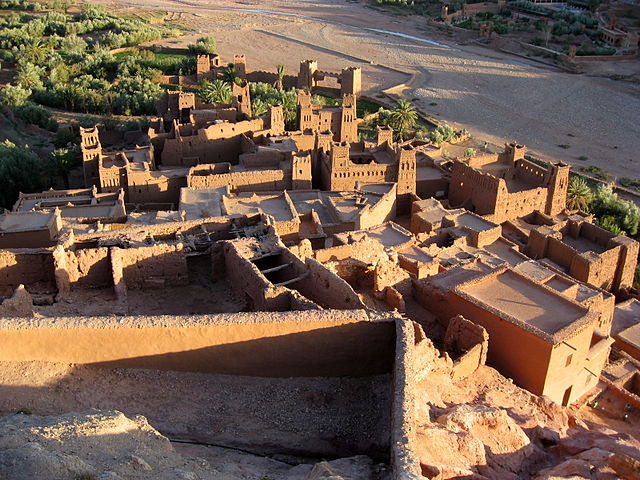


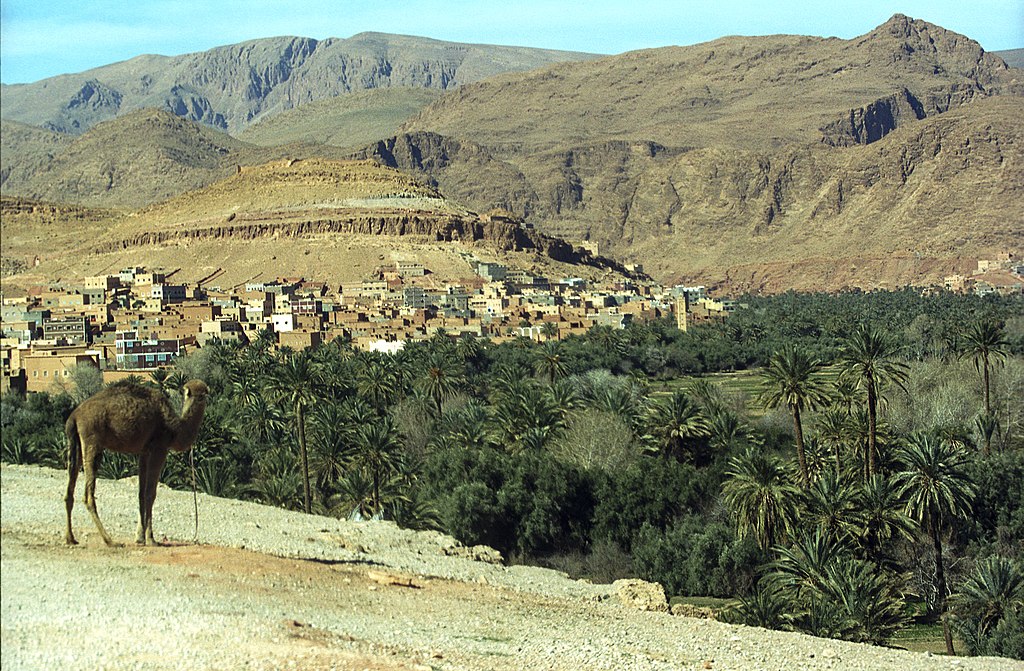
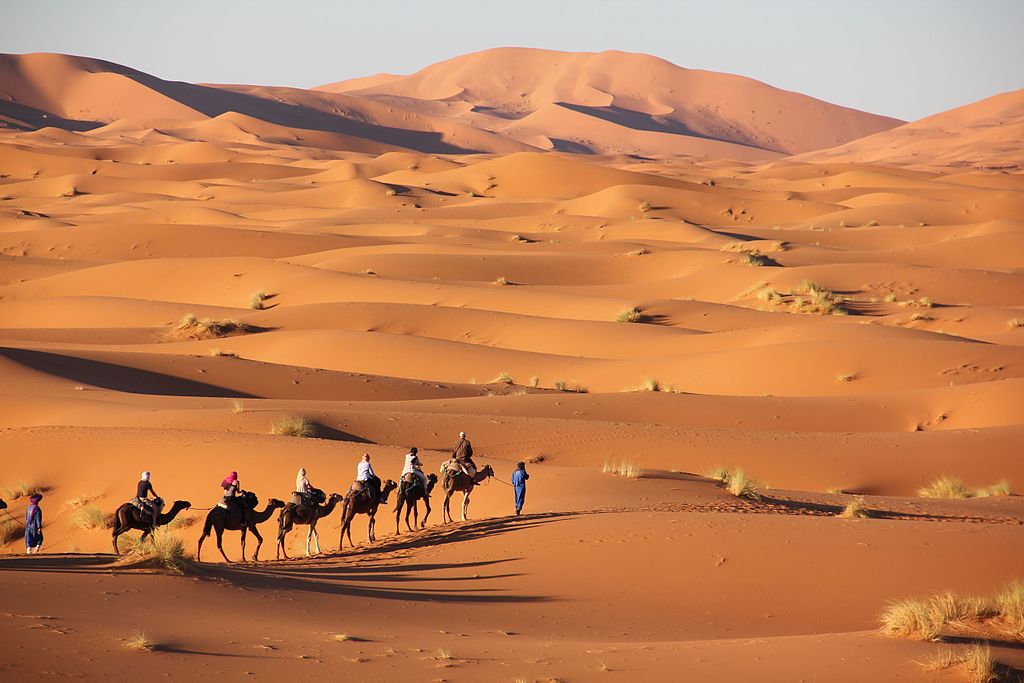
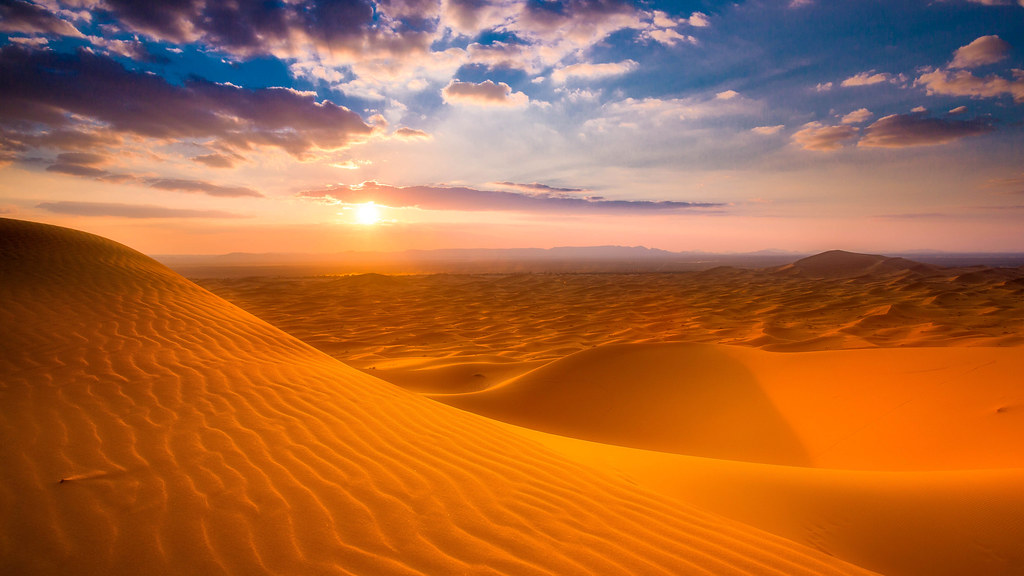




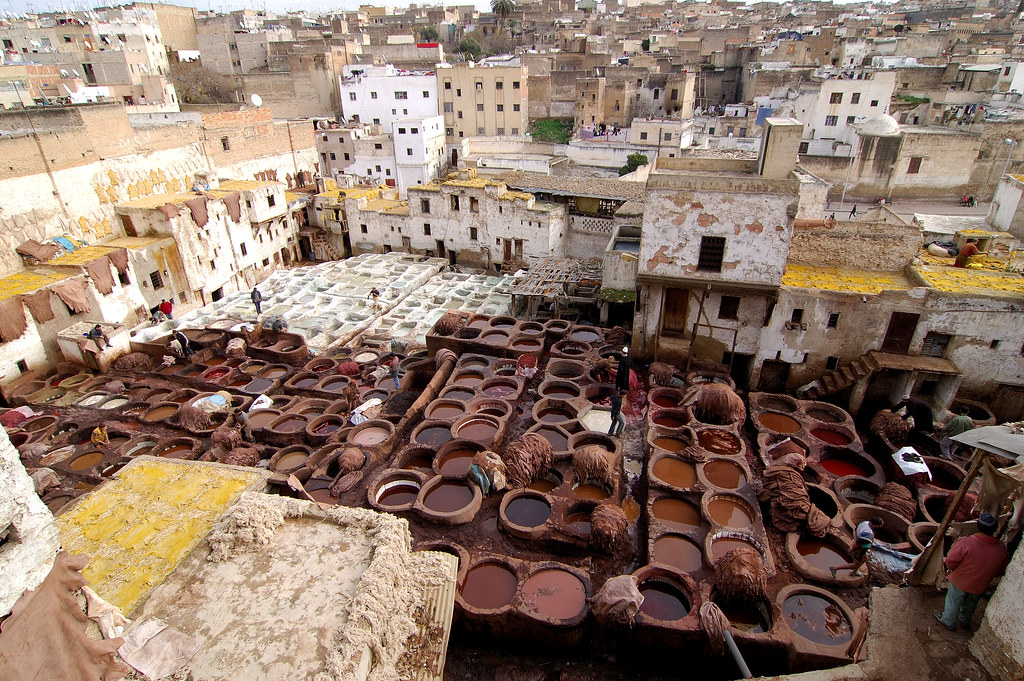
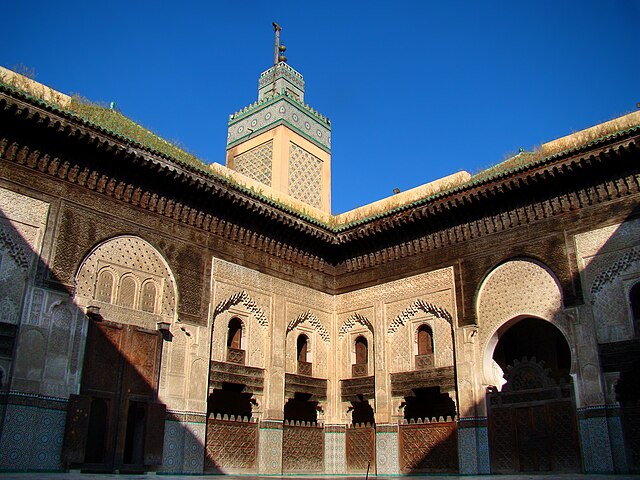
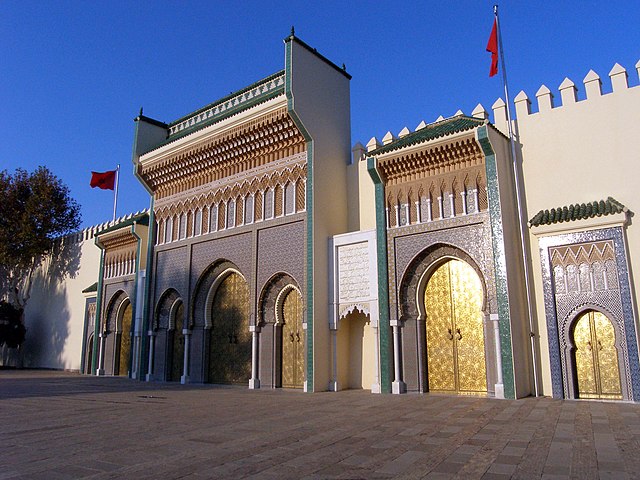



_(4).jpg/1024px-Chefchaouen,_Morocco_(5410142086)_(4).jpg)


